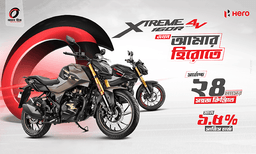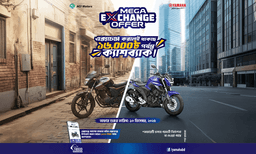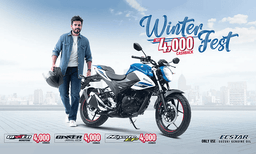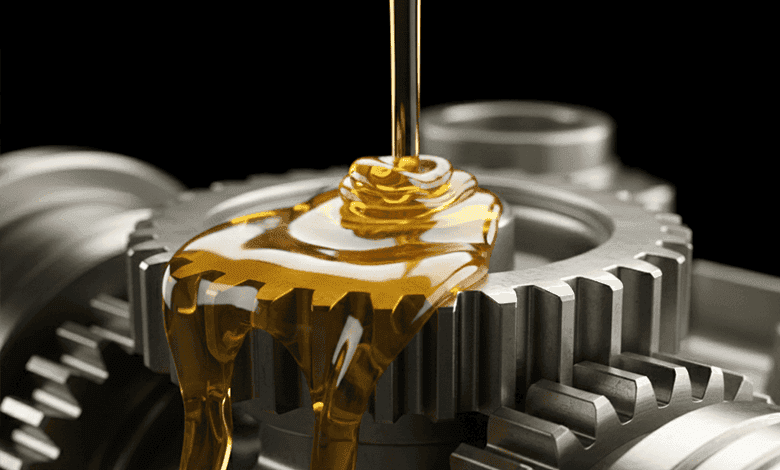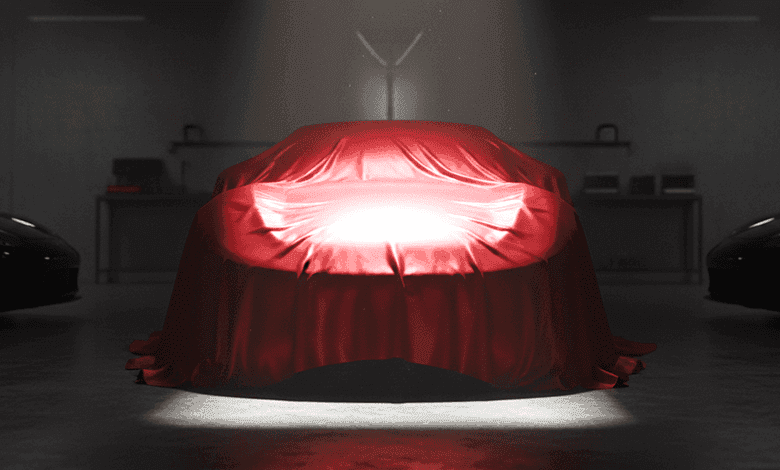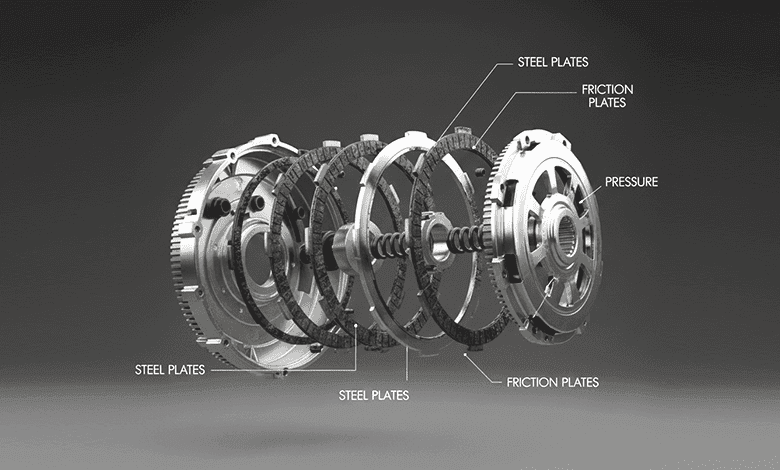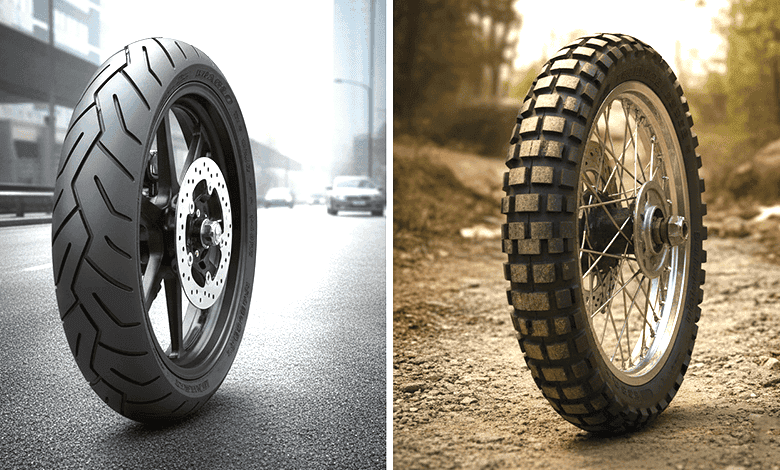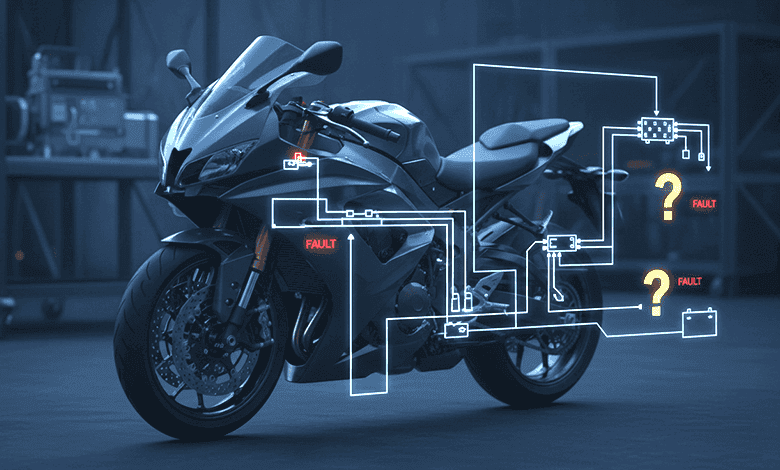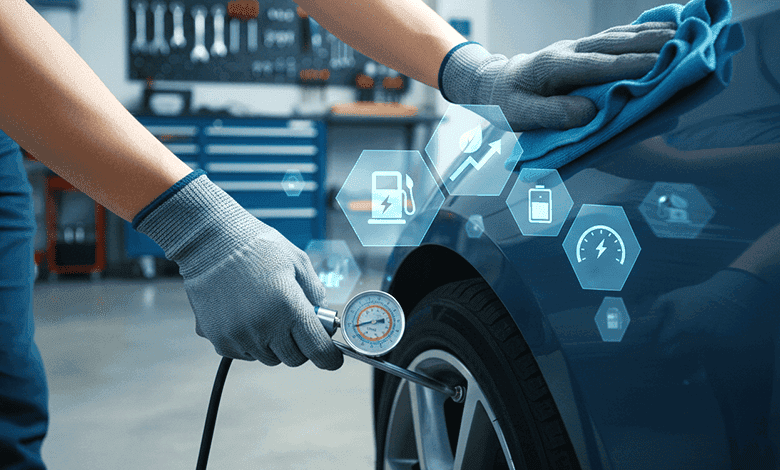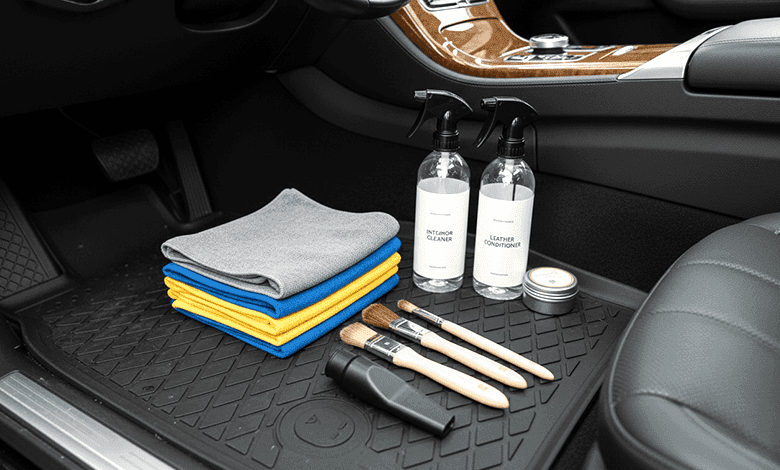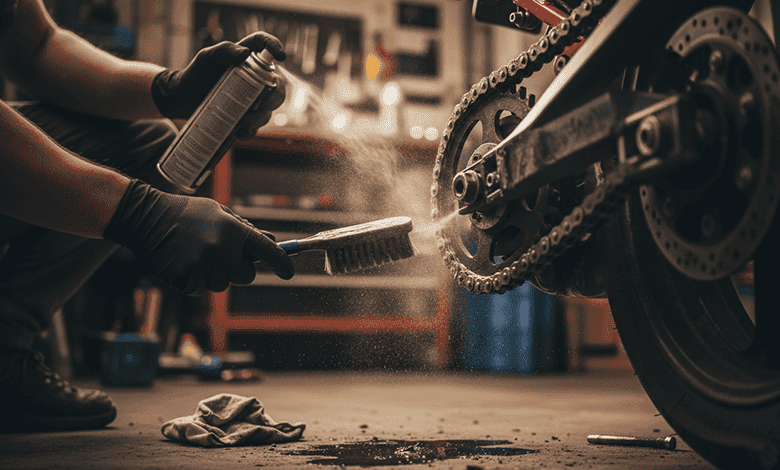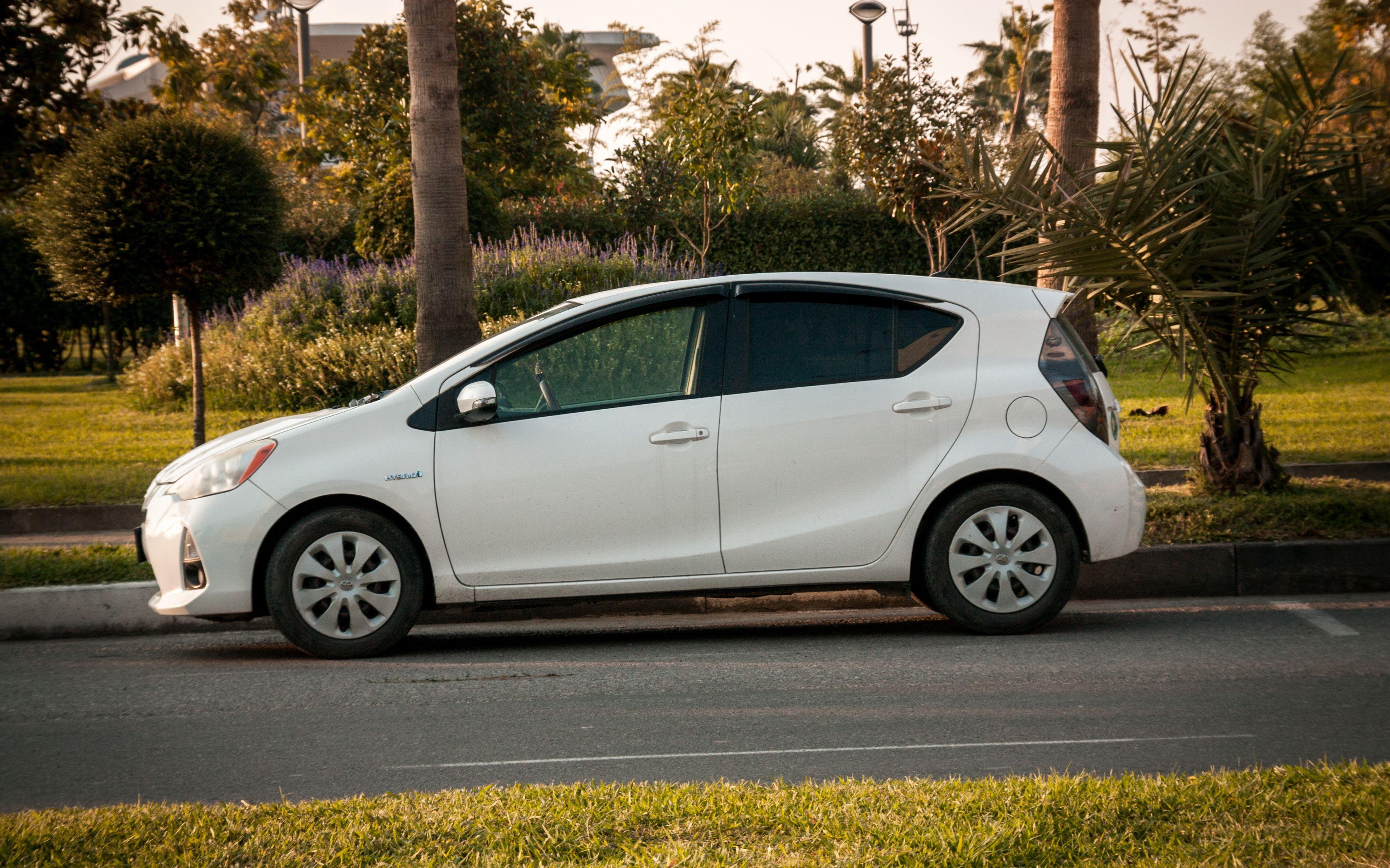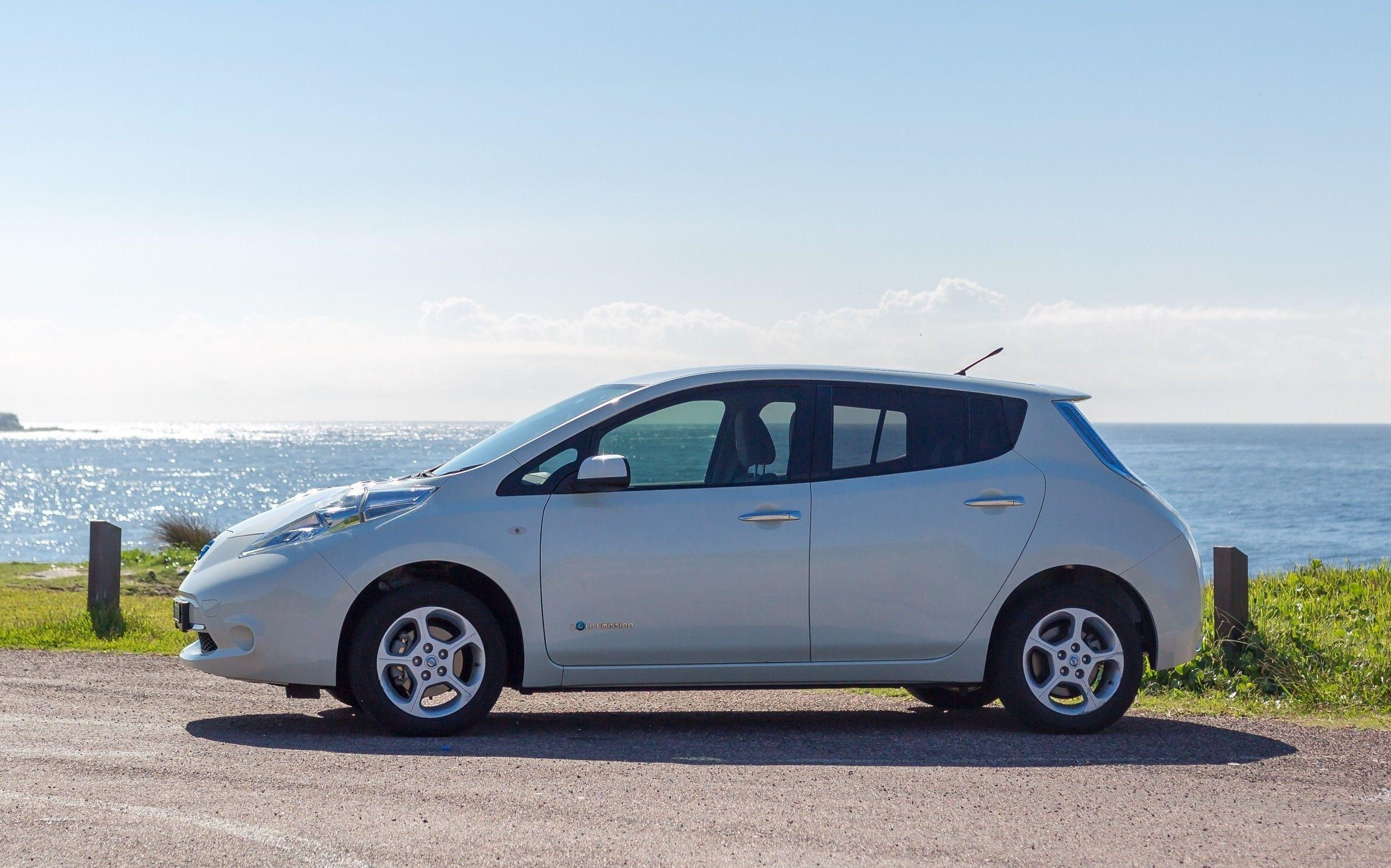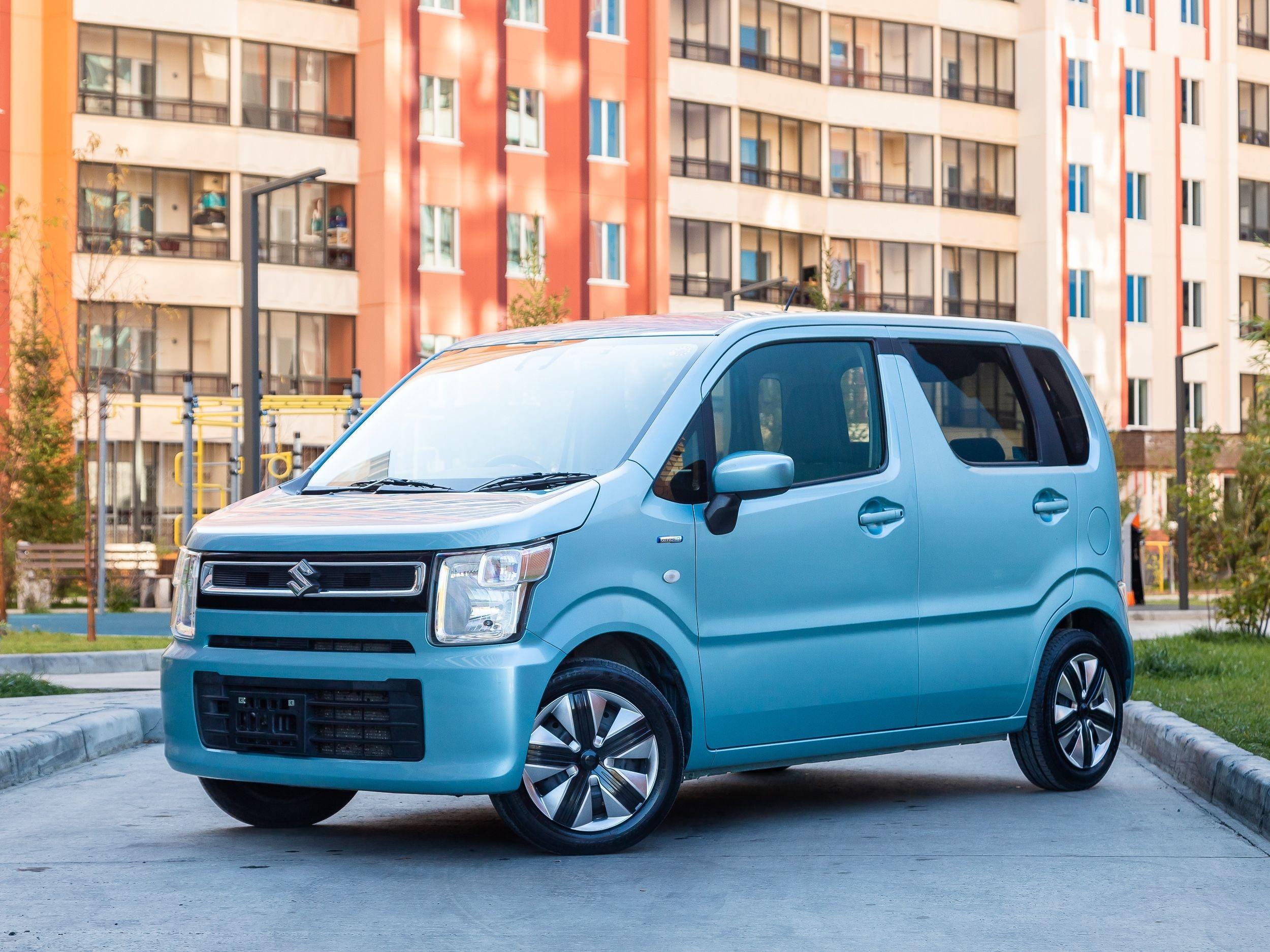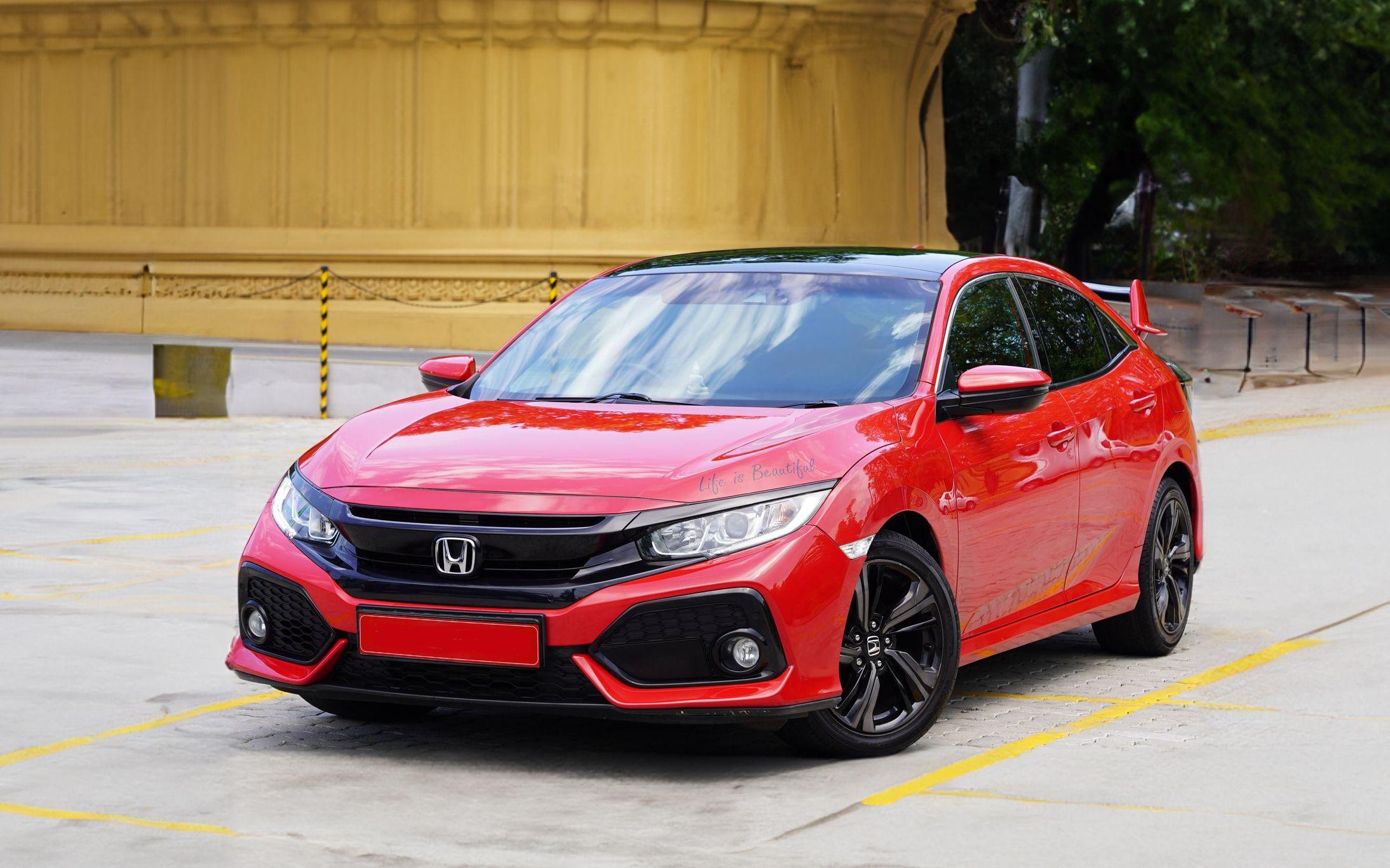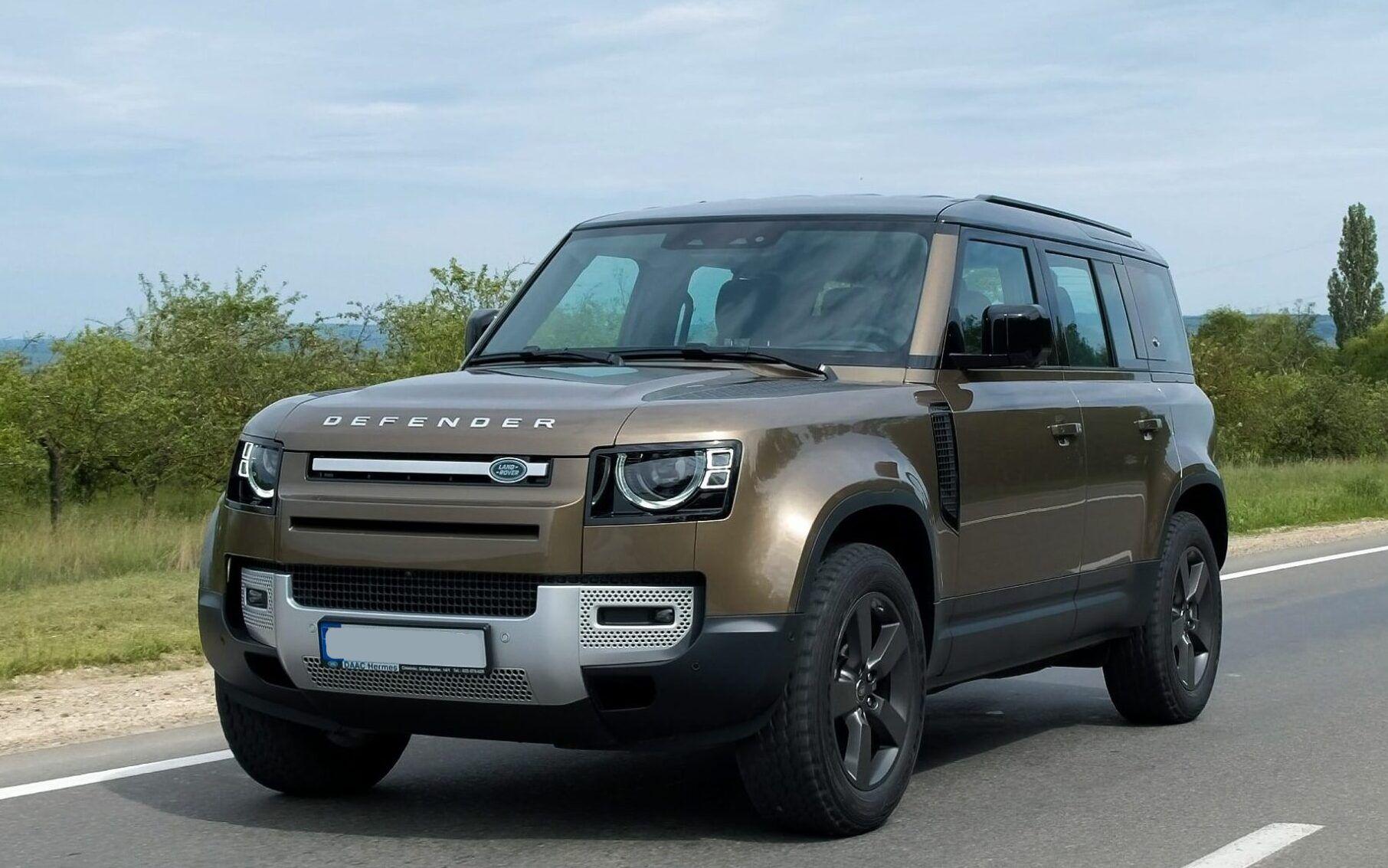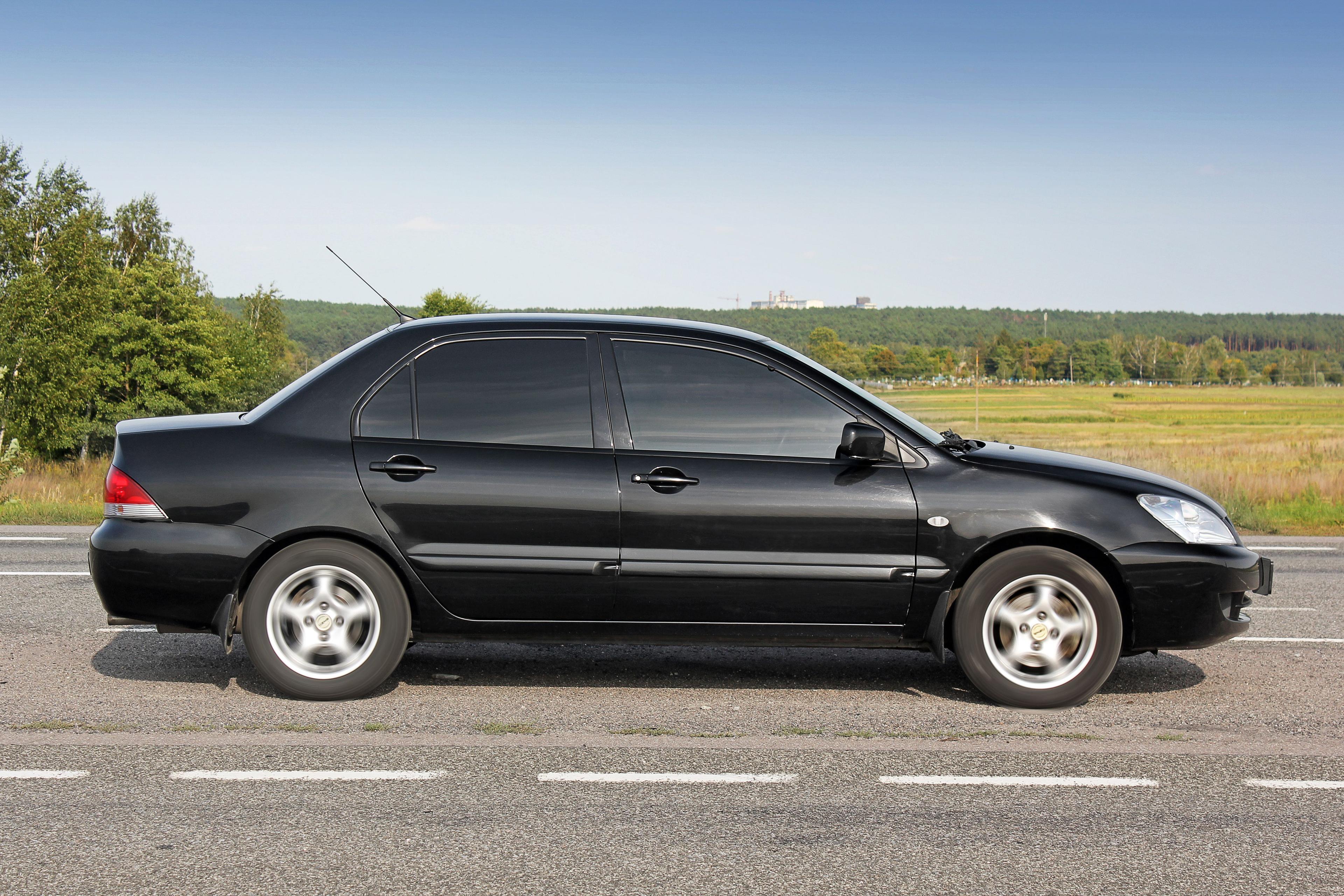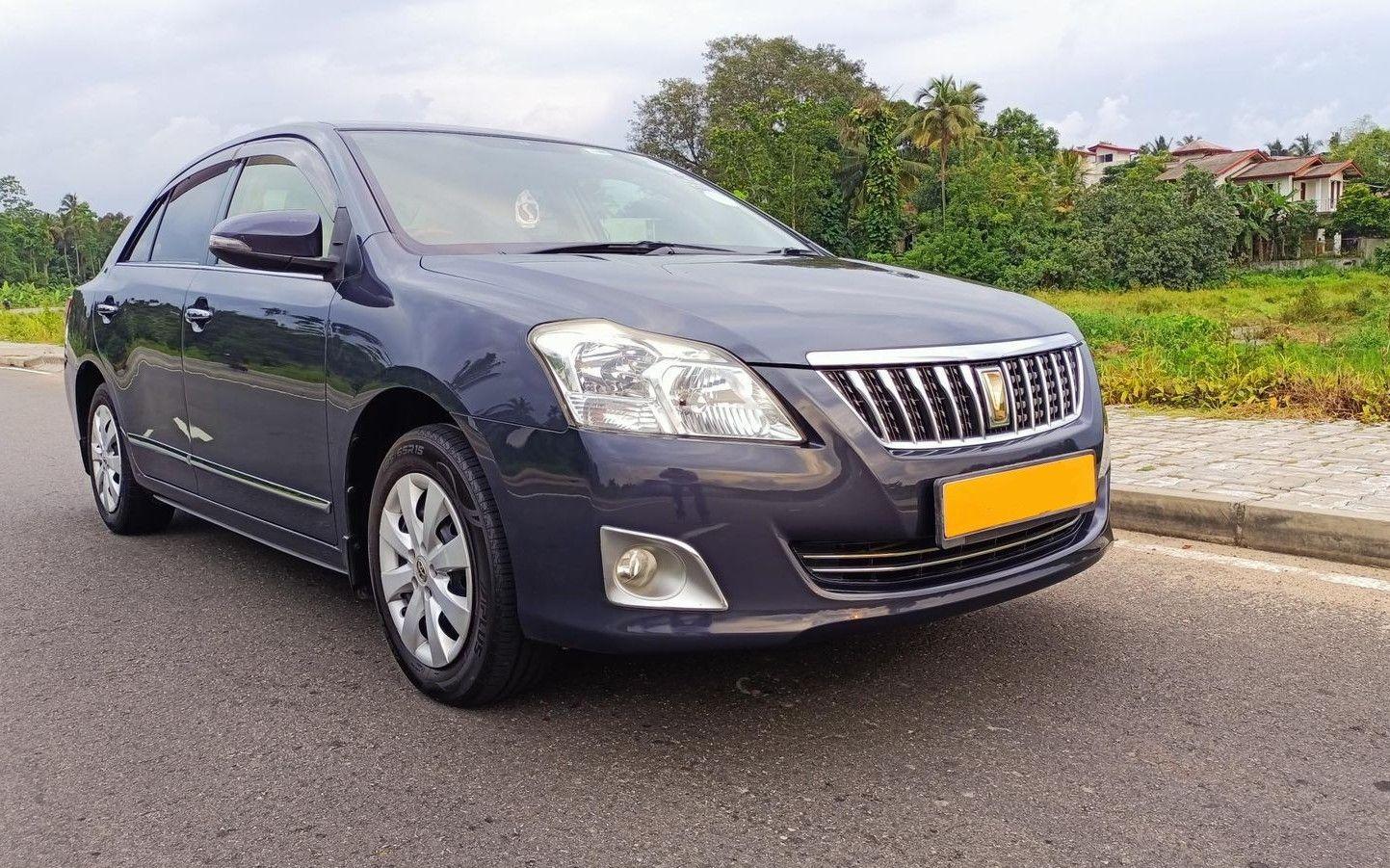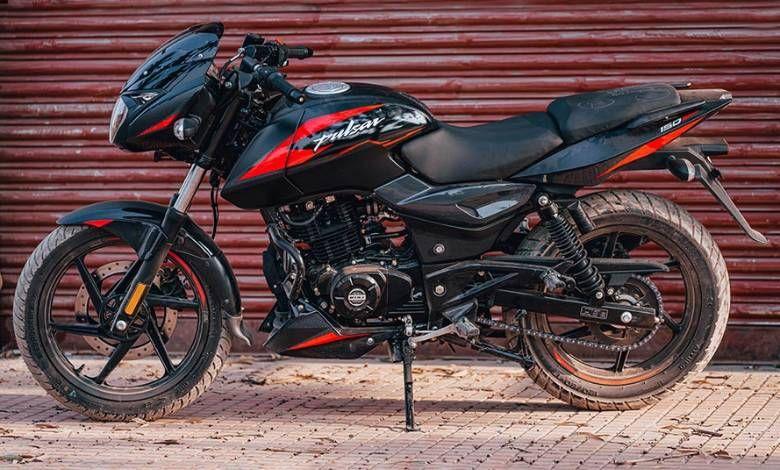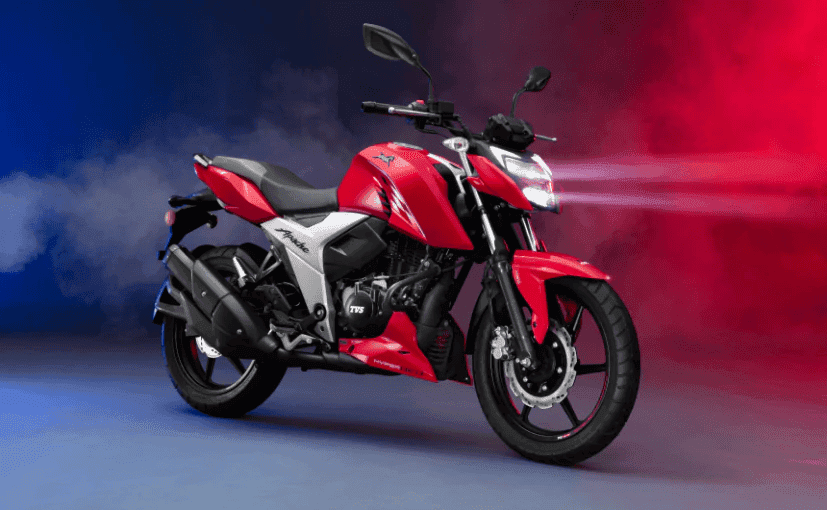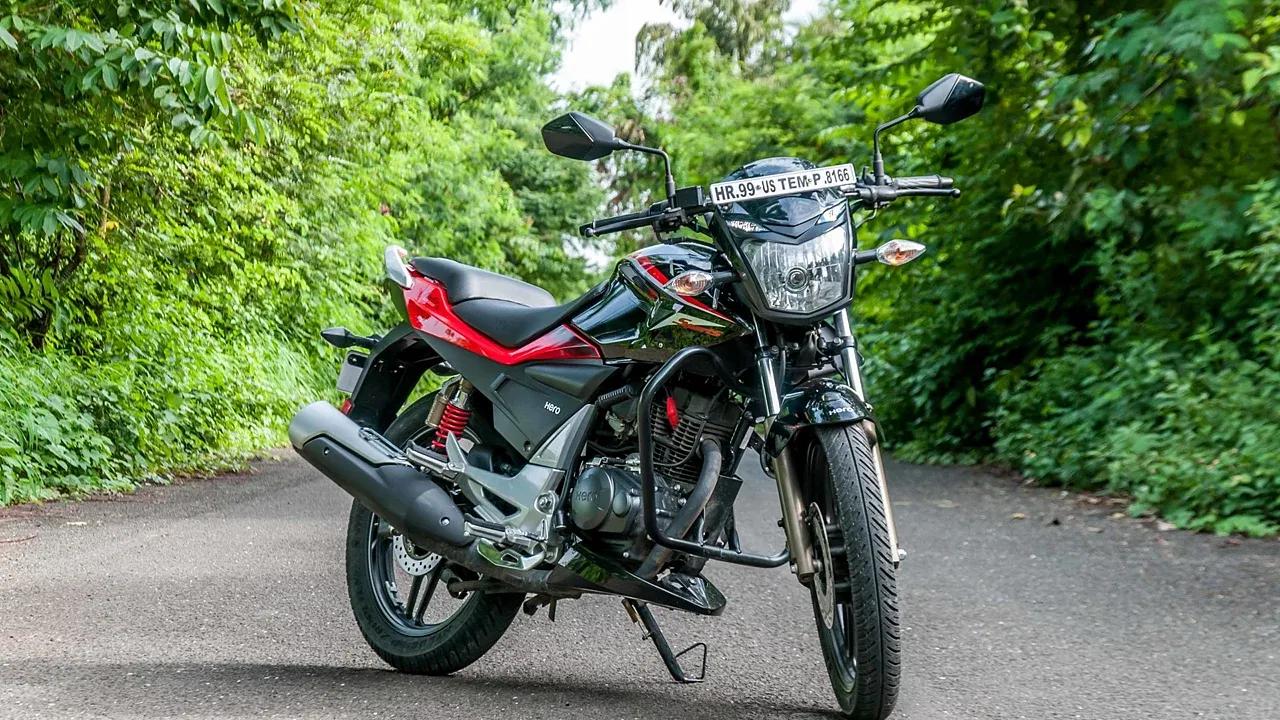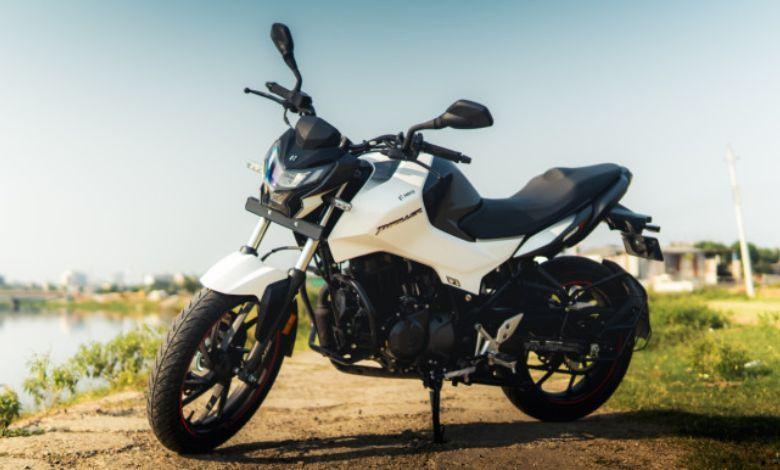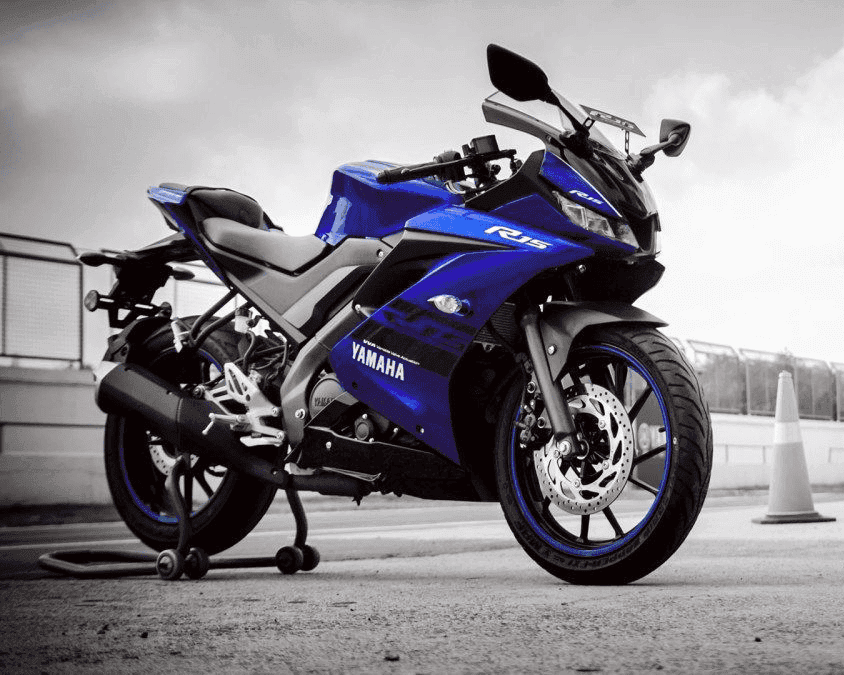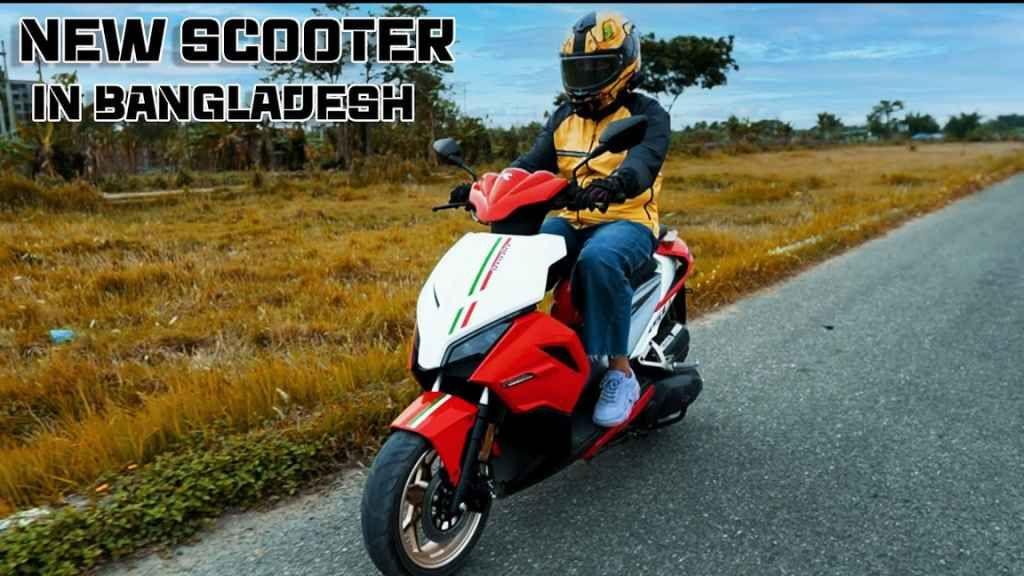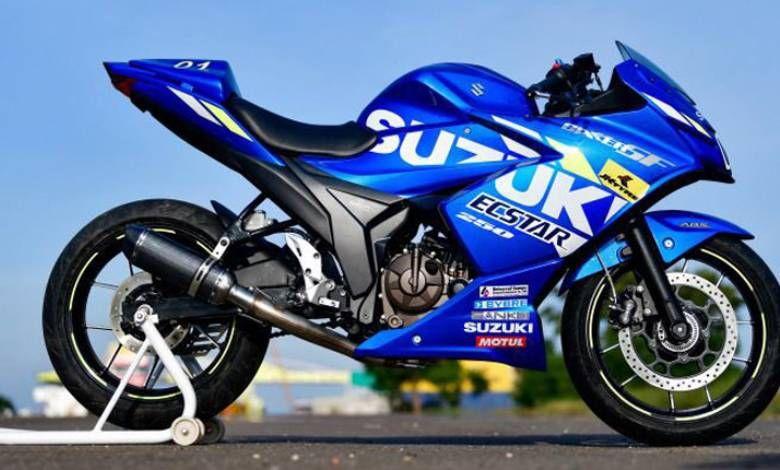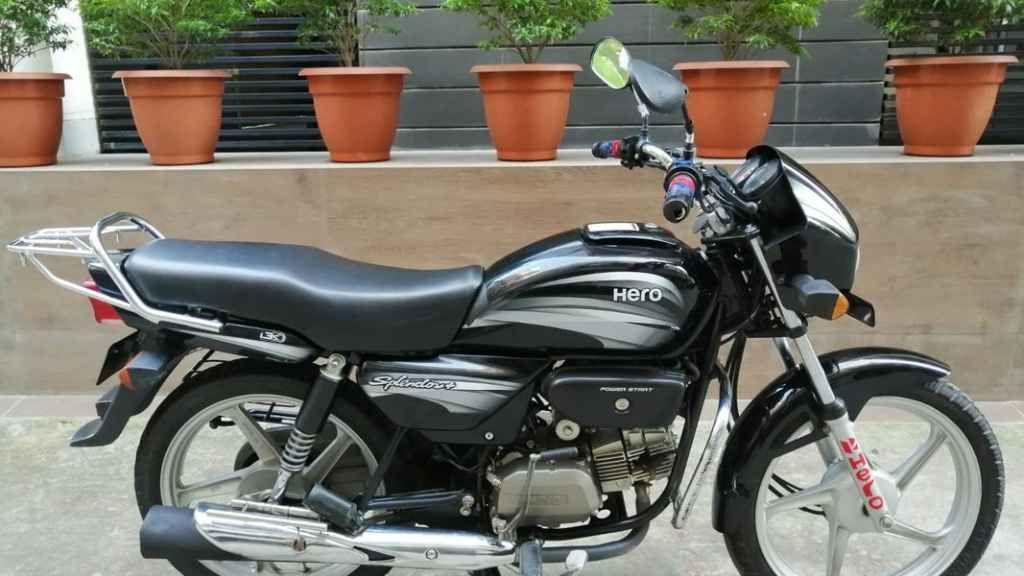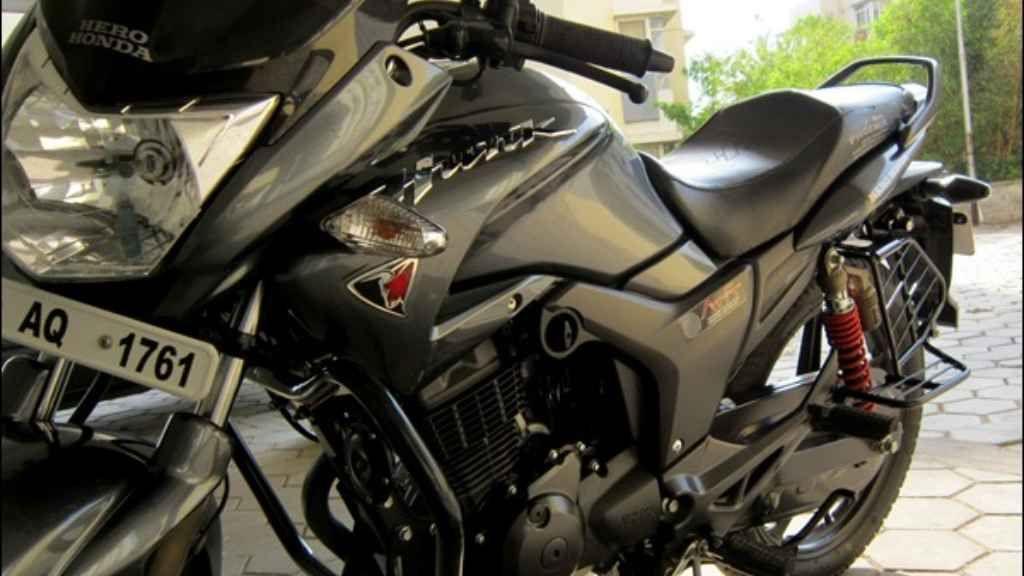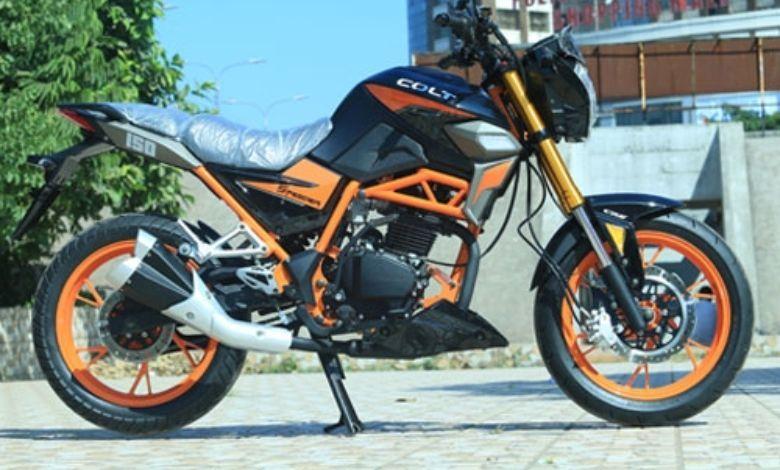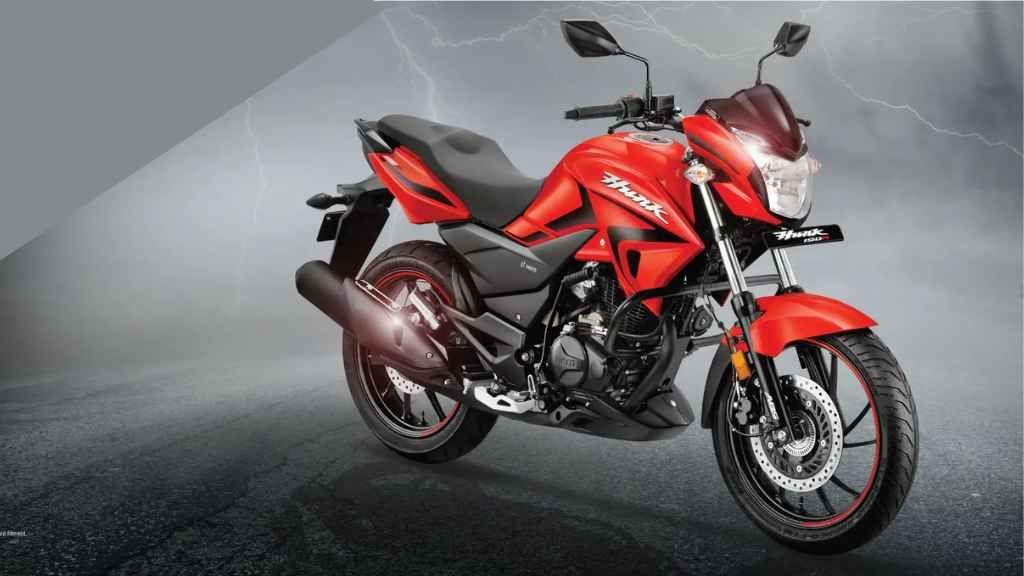When to Replace Motorcycle Brake Pads
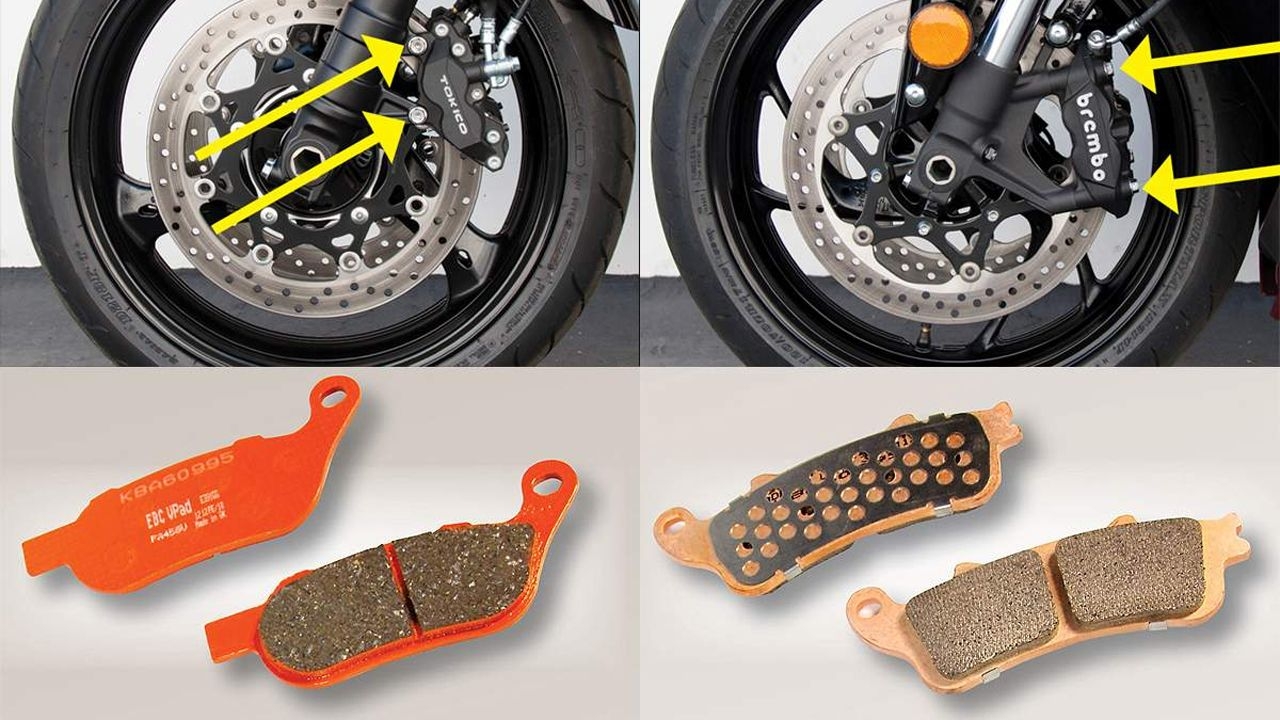
Brake pads are a key component of a motorcycle's braking system. Brake pads work to effectively and safely slow down or stop your motorcycle. It is very important to check and service them regularly while in use to ensure they are functioning as expected. This is because the safety of you and your passenger depends on your motorcycle's braking system. So, let's find out exactly when motorcycle brake pads should be replaced.
What are Brake Pads?
Brake pads are an extremely important part of a motorcycle's braking system, found in all modern motorcycles, cars, and other vehicles. Brake pads are used to reduce or stop the speed of a car or motorcycle.
Brake pads are made from materials that can provide good friction, resistance, and heat tolerance. Depending on the application, these brake pad materials can range from metallic compounds to ceramic, organic compounds, and even carbon fiber. However, regardless of the material's origin, the function of every brake pad is the same – long-lasting performance.
Brake pads typically consist of two parts: the backing plate and the friction material. The backing plate is a metal component that serves as the base for the brake pad. The friction material, on the other hand, is attached to the brake rotor and the backing plate. When the brakes are applied, it creates friction, which works to reduce the vehicle's speed.
When you apply the brakes, hydraulic pressure is generated in the braking system. This pressure causes the caliper pistons to push the brake pads against the brake rotor. The friction material of the brake pads then rubs against the rotor, creating friction that reduces the kinetic energy of the moving vehicle and thereby slows down or stops the vehicle.
Over time, the friction material of the brake pads wears down due to continuous friction with the brake rotor. This is a normal part of brake pad operation, but it means that brake pads need regular replacement or servicing to maintain an effective and safe braking system. Factors such as riding style, motorcycle weight, and brake pad quality determine how quickly a brake pad will wear out.
When to Understand Motorcycle Brake Pads Should Be Replaced?
Like other motorcycle parts, replacing brake pads is essential for the bike's braking system. Typically, a brake pad provides service for twenty-five thousand to sixty-five thousand miles, depending on usage and quality. However, with caution and care, a brake pad can provide service for even more miles. You should pay attention to whether unwanted noises or smoke are coming from the brake pads, or if the bike is shaking when braking. If you notice any of these, you should have your motorcycle's brake pads serviced or replaced promptly.
Brake pads need to be replaced if-
- There is a sharp noise.
- Dark fluid is found under the vehicle.
- More force is required to stop the bike.
- Any warning is displayed on the dashboard.
- The wheels shake at slow speed.
What Causes Motorcycle Brake Pads to Wear Out Quickly?
For any vehicle, be it a car or a motorcycle, brakes are the most crucial component. A rider's safety largely depends on the bike's braking system. However, like everything else, brake pads also wear out. In some cases, brake pads wear out quickly. Why does this happen? Today, we will learn in detail.
The root cause of rapid brake pad wear is our carelessness and recklessness. Let's find out the reasons-
- Sometimes we use fake brake pads in our braking system without proper inspection. Such brake pads wear out in a very short time. Therefore, when buying brake pads, they should be purchased from a trusted source after thorough checking.
- If brake pads are not adjusted properly during servicing, the braking system does not work correctly. As a result, they rub against the bike's disc and wear out quickly.
- Lack of proper care can lead to rust on the bike's disc, making the disc uneven. Consequently, brake pads wear out quickly.
- If brake oil spills during replacement, it creates excessive pressure in the bike's braking system. This causes brake pads to wear out quickly.
- If the brakes are too tight during brake pad servicing, the brake pads wear out quickly.
How to Replace Brake Pads?
Replacing motorcycle brake pads is a fairly easy task if you have complete mechanical knowledge and skills on the subject. The steps to replace brake pads may vary depending on the motorcycle. Let's find out how to replace brake pads-
What you will need to replace brake pads-
- New brake pads
- Wrench or socket set (size will vary depending on the bike)
- Screwdriver or pliers
- Brake cleaner
- Piece of wire or bungee cord
- Torque wrench
- Brake piston compressor or a C-clamp (if needed)
- High-temperature brake grease (if needed)
Steps to replace brake pads-
Step-1: When changing brake pads, the first thing to ensure is that the motorcycle is stable. It's best to do this job with the bike on a stand or motorcycle lift.
Step-2: Locate and loosen the brake caliper bolts. This will allow the caliper to be easily removed from the brake disc.
Step-3: Before removing the old brake pads, check the brake disc, brake lines, and caliper for any damage. If any significant wear or damage is found, it's better to have it replaced by a professional rather than doing it yourself.
Step-4: In this step, the old brake pads need to be removed. Brake pads are usually held in place with pins or clips.
Step-5: Before installing the new brake pads, clean the brake caliper with brake cleaner. Failure to clean properly may reduce the effectiveness of the bike's braking system. However, ensure that cleaner or similar substances do not enter the brake disc or brake lines.
Step-6: Apply a small amount of high-temperature brake grease to the back of the new brake pads. Then, slide the new brake pads into the caliper and secure them with the retaining pins or clips.
Step-7: In the final step, slide the brake caliper back onto the brake disc, ensuring the brake pads are correctly set with the disc. Then, firmly reattach the caliper bolts. Now, use a torque wrench to tighten the bolts to the manufacturer's specified torque.
After replacing the brake pads, the braking system needs to be tested. Pump the brake lever several times until pressure builds up. Rotate the wheels a few times to ensure they are not binding on the brake pads. If everything seems to be working correctly, test ride the bike to confirm the brakes are functioning properly. Be careful not to put extra stress on the brake pads during the first 100 miles, as they need some time to bed in. Also, if you are not skilled in brake pad servicing, it is advisable to seek professional help.
For motorcycle brake pad replacement or any motorcycle-related information, keep an eye on Bikes Guide. Also, to know about the 2023 motorcycle market, visit the country's best motorcycle marketplace Bikroy.


